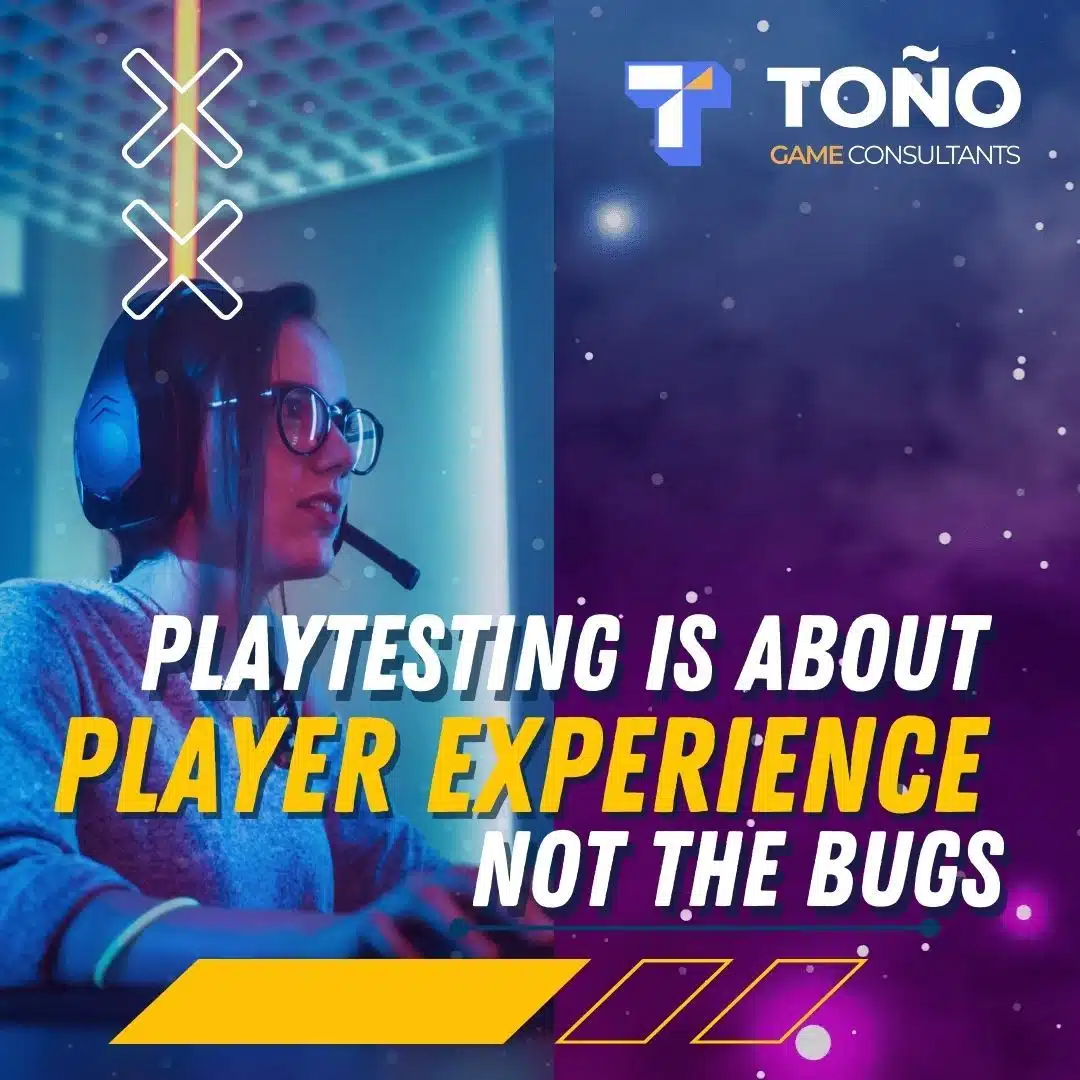When indie developers talk about testing, QA and Playtesting often get lumped together. Some teams even think they’re the same thing. They’re not — and mixing them up is one of the fastest ways to end up with either a technically stable but boring game, or a fun idea that collapses under bugs and performance issues.
What QA Really Is
QA (Quality Assurance) is the discipline focused on stabilization, performance, and making sure everything works consistently across platforms. QA is owned by testers and QA leads who check that systems hold together under stress: physics behaves, saves don’t corrupt, levels don’t softlock, and builds don’t crash on console.
On mobile, QA becomes even more critical because of the sheer variety of devices and operating systems. A game that runs smoothly on one Android handset might crash on another, making consistent QA essential for indie mobile developers.
Framework-wise, QA often leans on Kanban, where issues are prioritized and fixed in continuous small batches. It’s not about predicting the end goal; it’s about stabilizing what you already have.
What Playtesting Really Is
Playtesting starts much earlier, as soon as you have a prototype — and a prototype shouldn’t take more than a couple of days to put together. It doesn’t have to be pretty. It doesn’t even need to be stable. The point is to put your idea in front of players and watch if they get it.
Playtesting is owned by game designers or creative leads, but producers play a vital supporting role. They help translate the feedback into scope and priorities, so insights from testing don’t just sit in a document but actually shape what gets built.
Unlike QA, playtesting is more waterfall-like: you test, you learn, and if players don’t understand or enjoy it, you redo it. That’s why playtesting is one of the most underrated parts of game development.
This is especially true for mobile games, where players decide in the first few minutes whether to keep or uninstall. Mobile playtesting helps you catch those make-or-break moments early, before you spend months polishing a game no one will stick with.
Why QA and Playtesting Are Not the Same
The distinction is simple:
-
QA asks: Does it work everywhere, every time?
-
Playtesting asks: Do players understand it, enjoy it, and want more?
Using QA as your playtest team is a dangerous shortcut. QA can tell you if the tutorial loads; only playtesting will tell you if the tutorial actually teaches players what to do.
And unlike traditional software, games don’t get a pass if they’re “useful but clunky.” Businesses will train employees to work around bad UX in accounting software. Players won’t tolerate clunky games. If it isn’t fun, they’ll quit and move on.
👉 Want to know if your game is on track for fun and engagement? Try the Game Design Basics Quiz to test your design readiness.
When to Start Each
-
Playtesting: As soon as a prototype exists. Don’t spend weeks polishing, a prototype should be built in hours or days. Its purpose is discovery, not polish.
-
QA: Kicks in around the vertical slice, when your build needs to hold together across features and platforms. This is where scope clarity and reproducibility start to matter.
Flip this order, and you risk stabilizing something that players never wanted in the first place.
The ROI of Doing Both
-
QA protects you from technical embarrassment: crashing builds, corrupted saves, and day-one patches.
-
Playtesting protects you from design embarrassment: confusing tutorials, flat combat, disengaged players.
Together, they’re the difference between a game that works but nobody plays, and a game that’s fun but unshippable.
For Indies With Limited Resources
If you’re indie, resources are always tight. QA can often be outsourced to keep costs low. But playtesting cannot be skipped or delegated, it’s a designer’s responsibility, supported by production. That’s how you protect your creative vision.
For mobile indies, outsourcing QA can help cover the massive range of devices, but playtesting must stay close to the design team. A confusing onboarding flow or clunky gesture on mobile will drive players away faster than on PC or console.
And remember: feedback from playtesting isn’t just about fun. Producers can use it to refine scope, prioritize features, and prevent teams from chasing unrealistic timelines. It’s a powerful tool for avoiding scope creep.
Closing
QA and Playtesting aren’t interchangeable. QA makes sure your game is stable. Playtesting makes sure your game is worth playing. If you’re serious about shipping something players love, you need both disciplines working together, but never confused.
👉 If your studio wants help running playtests or translating feedback into production decisions, check out our Game Design Services. We’ll help you build games that are both stable and fun.
FAQ
What’s the difference between QA and Playtesting?
QA ensures stability and performance. Playtesting measures clarity, engagement, and fun.
When should Playtesting start?
As soon as you have a prototype. Don’t spend more than a couple of days building it, the goal is fast feedback.
When should QA start?
At the vertical slice stage, when stability, performance, and cross-platform reliability matter.
Why can’t QA replace Playtesting?
QA finds bugs; only Playtesting validates whether players understand and enjoy your game.
Do indie teams really need both?
Yes. QA can be outsourced, but Playtesting must be owned by designers with support from production.
How is QA different for mobile games compared to PC or console?
Mobile QA requires testing across hundreds of devices, screen sizes, and OS versions. Unlike consoles or PCs, fragmentation is huge on mobile, so QA needs to focus on stability, battery usage, and performance on both high-end and budget devices.
Why is playtesting especially important for mobile games?
Mobile players decide within minutes whether to keep or uninstall a game. Playtesting on mobile reveals problems with onboarding, gestures, and early engagement loops before they cost you players and money.
Can indie studios outsource QA for mobile games?
Yes, many indies outsource QA to cover the range of devices and reduce costs. However, playtesting should remain in-house, since only the design team can validate whether the game feels fun and engaging.


